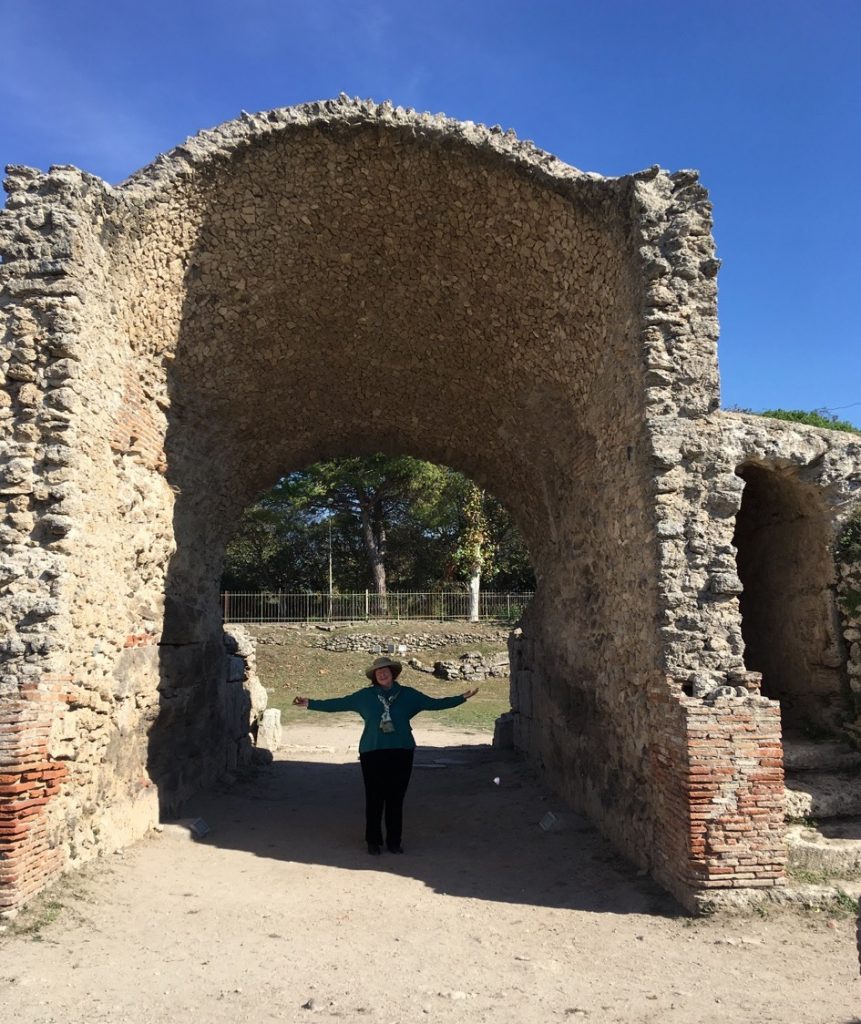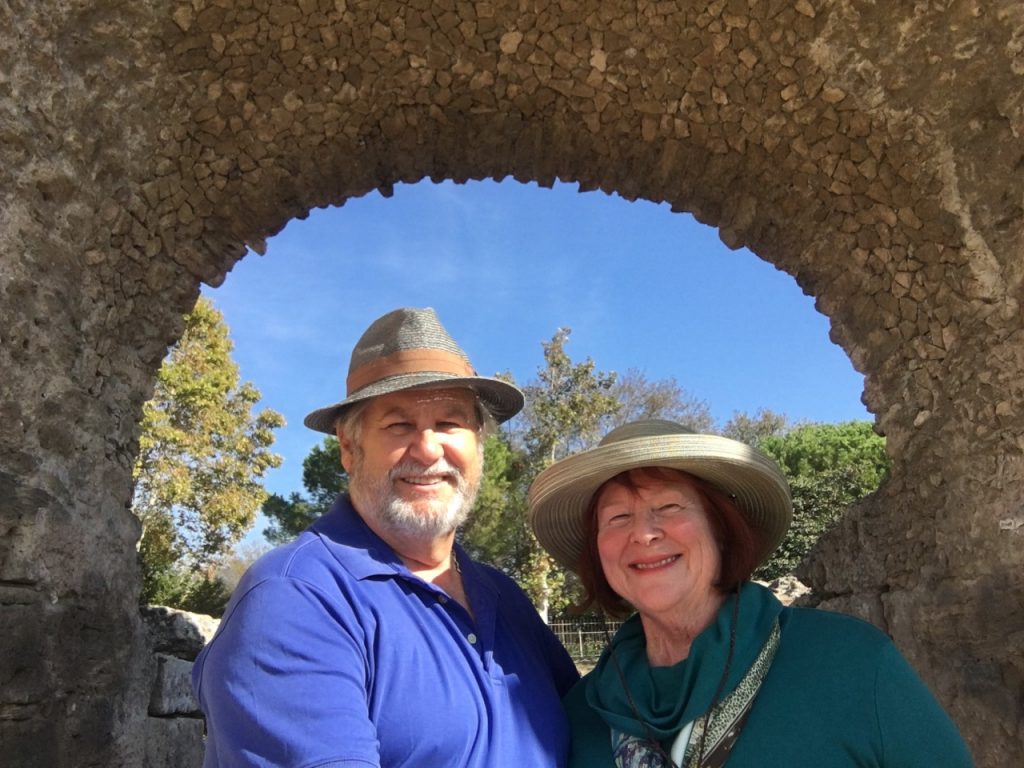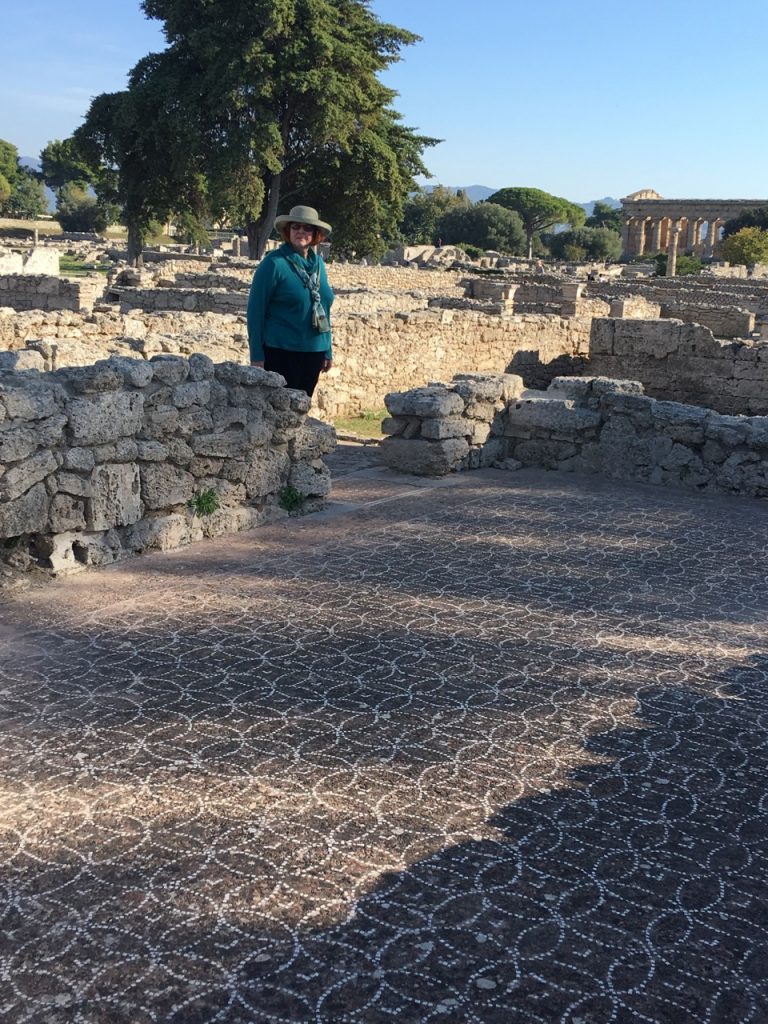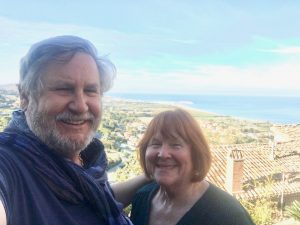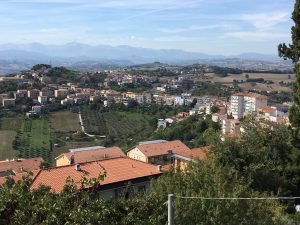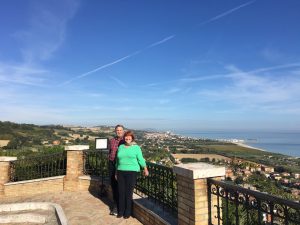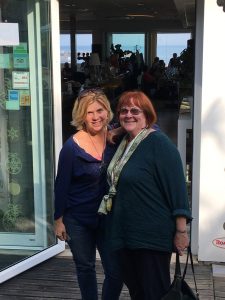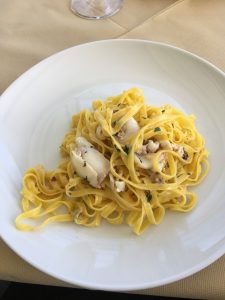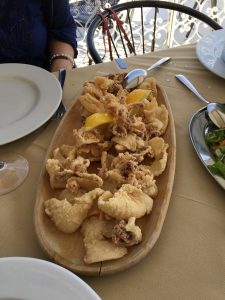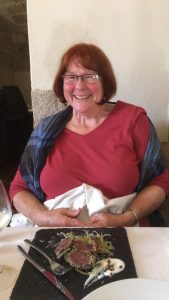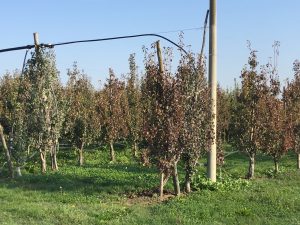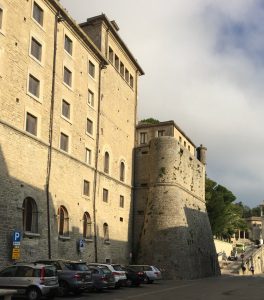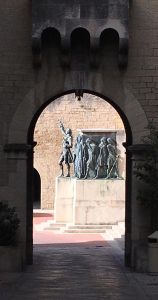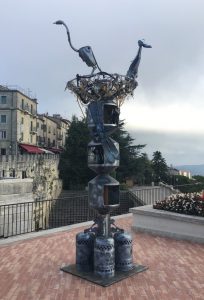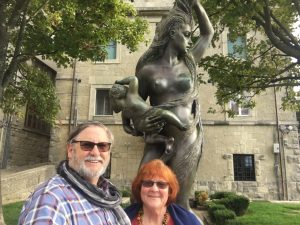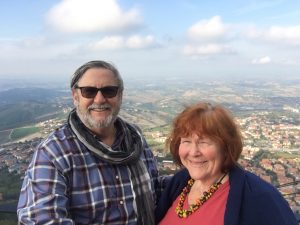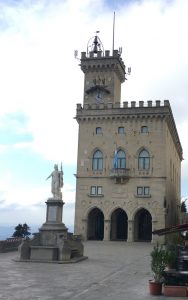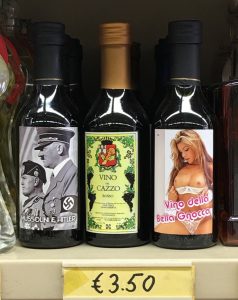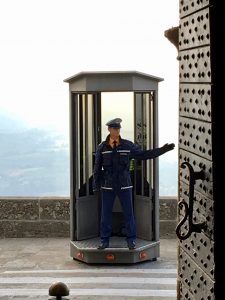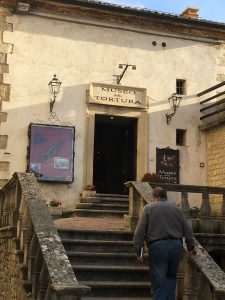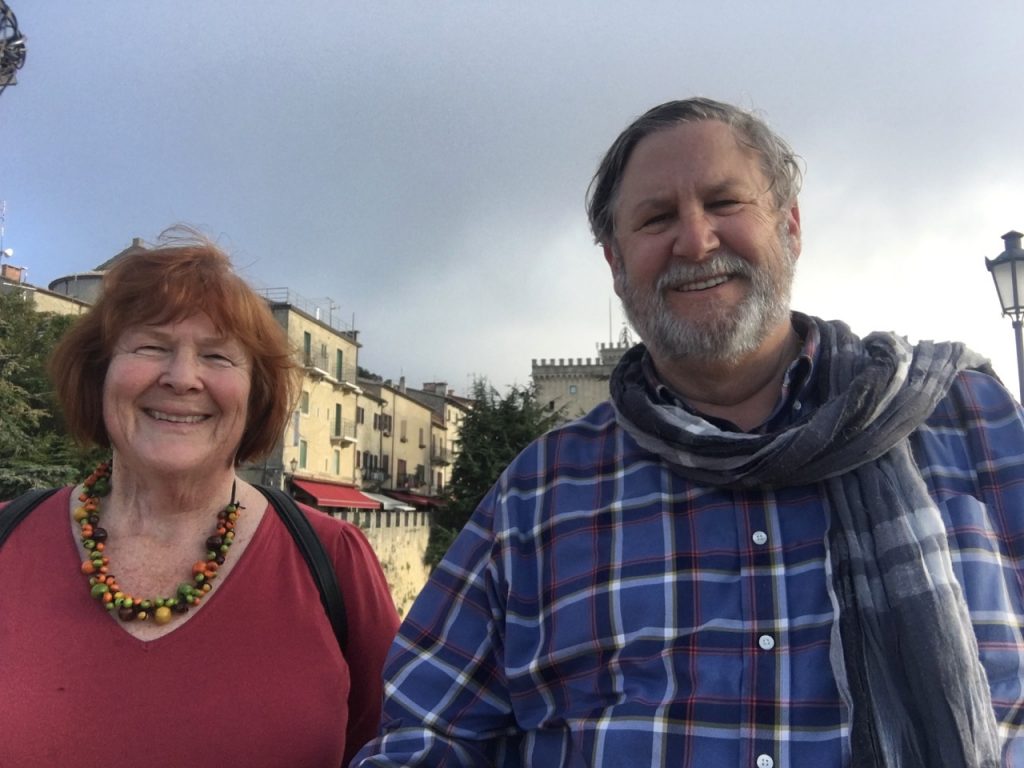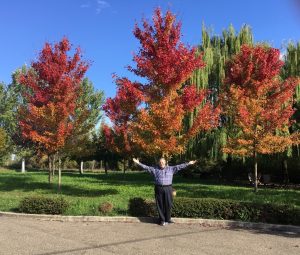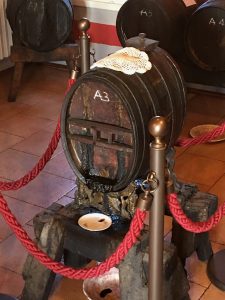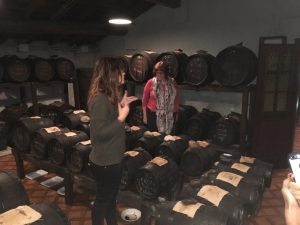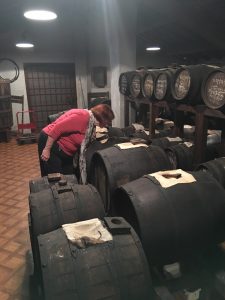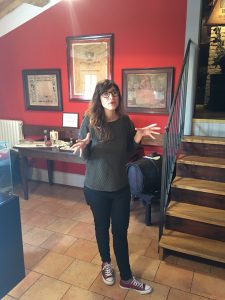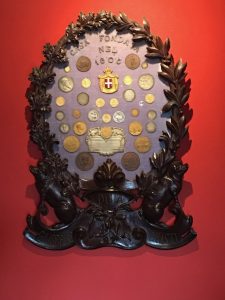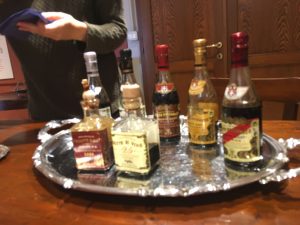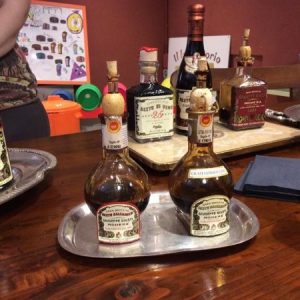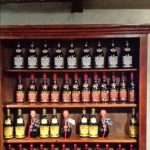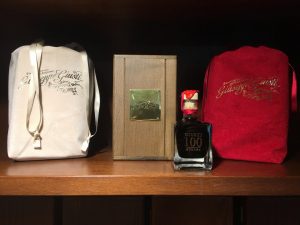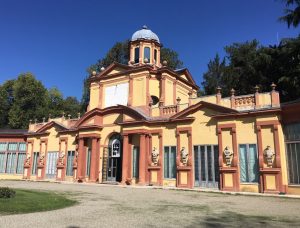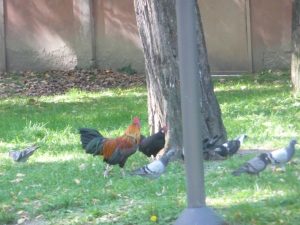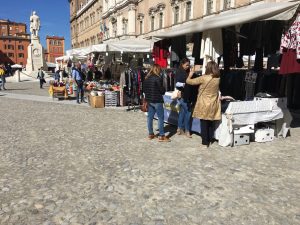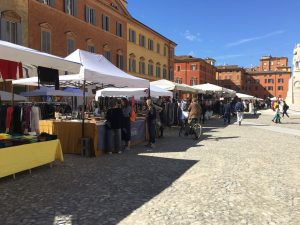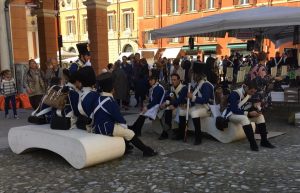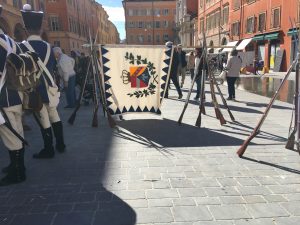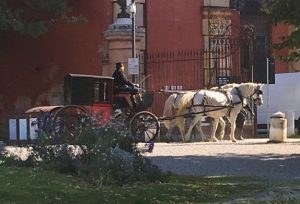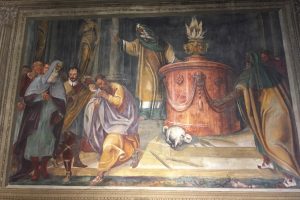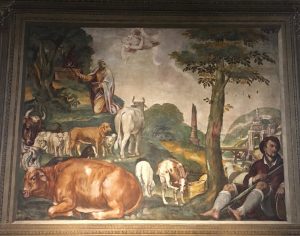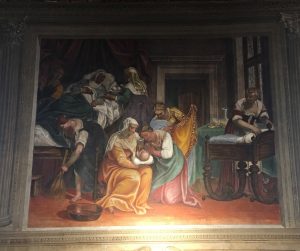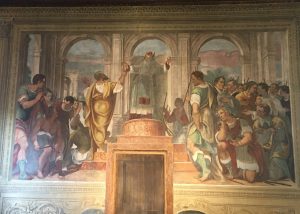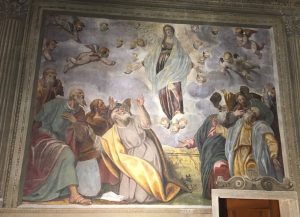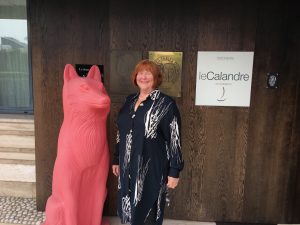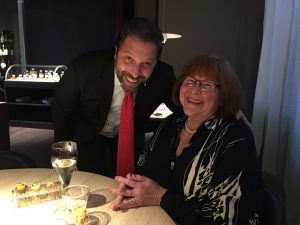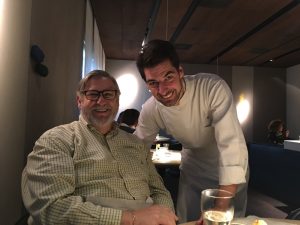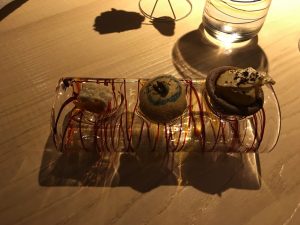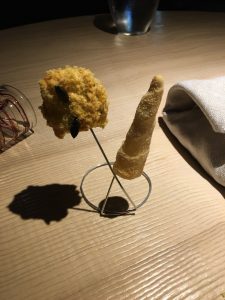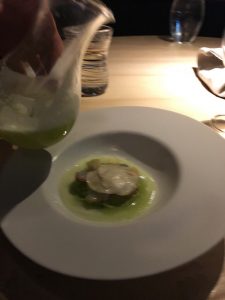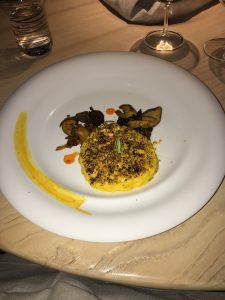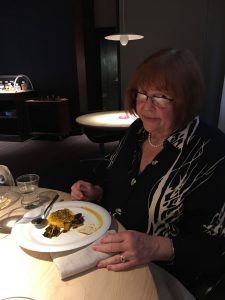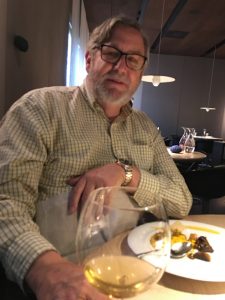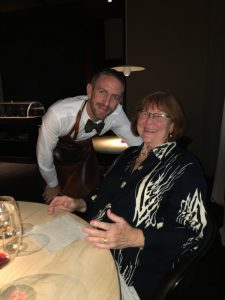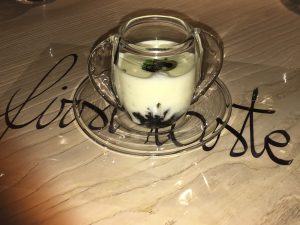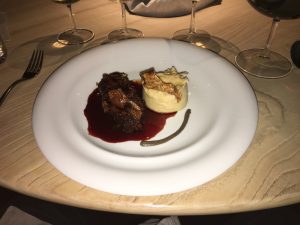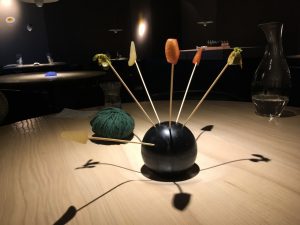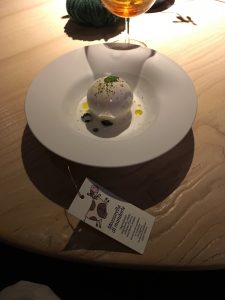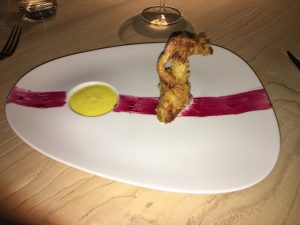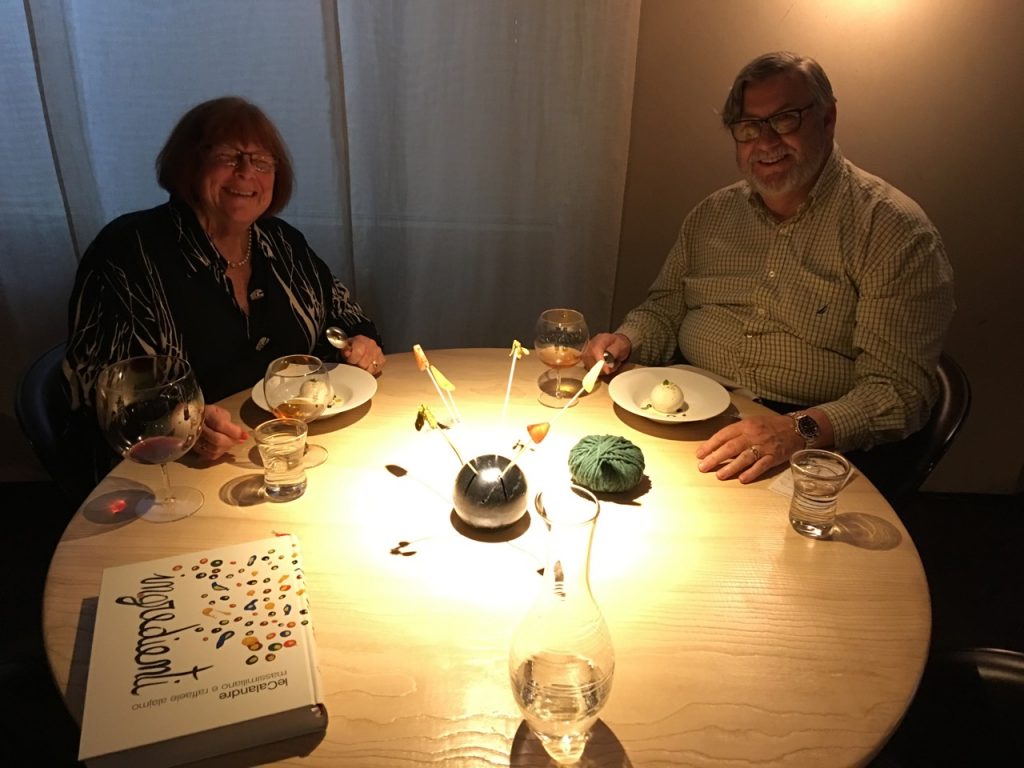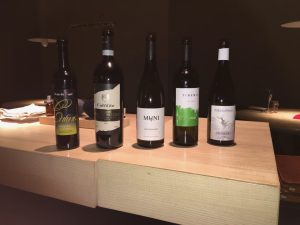We have often heard about Paestum where there are some wonderful Greek and Roman ruins – some of them in much better condition than in other parts of the ‘old world’. So, we took ourselves there to see. We arrived after a nice lunch in a small pizza place along the side of the road then just walked in to the ruins.

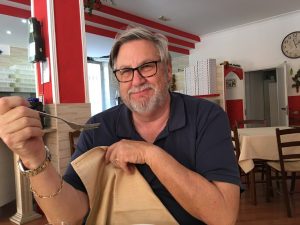
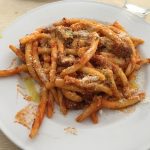
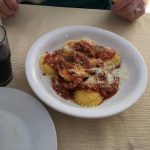
No ticket required – however, we didn’t have any guidebook information of idea of what we were looking at. Fortunately there were key signs placed around the area giving you sufficient information to get some idea of what you were looking at. We recognized Hera, Athena and Apollo as gods for the temples, or maybe the big one was for Neptune…still not enough knowledge about the Greek colony that initially founded the trading city.
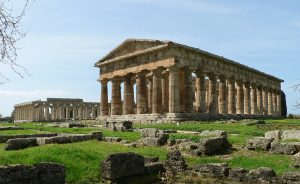
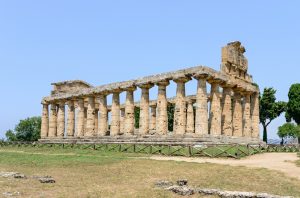
Both Republican and Imperial Romans added their own touches, or at least covered with dignity the old and declared a new.
The day was beautiful – clear skies, not too warm and limited number of people wandering around.
Paestum was a major ancient Greek city on the coast of southern Italy. The ruins of Paestum are famous for their three ancient Greek temples in the Doric orderr, dating from about 600 to 450 BC, which are in a very good state of preservation. The city walls and amphitheater are largely intact, and the bottom of the walls of many other structures remains, as well as paved roads.
Much the most celebrated features of the site are the three large temples in the Archaic version of the Greek Doric order, dating from about 550 to 450 BC. All are typical of the period, with massive colonnades having a very pronounced entasis (widening as they go down), and very wide capitals resembling upturned mushrooms. Above the columns, only the second temple of Hera retains most of its entablature, the other two having only the architrave in place.

These three temples were dedicated to Hera, Athena, and Poseidon (Juno, Minerva, and Neptune to the Romans). The two temples of Hera are right next to each other, while the Temple of Athena is on the other side of the town center. Paestum is far from any sources of good marble resulting in the temples having had few stone reliefs, perhaps using painting instead. The whole ancient city of Paestum covers an area of approximately 300 acres. It is only the 61 arcs that contain the three main temples and the other main buildings that have been excavated. The other areas remain on private land and have not been excavated. The city is surrounded by defensive walls that still stand.
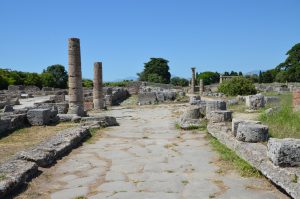
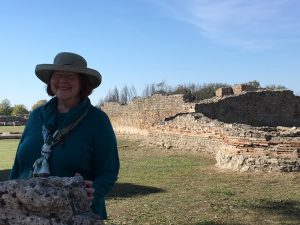
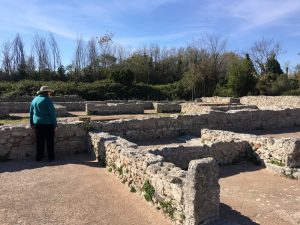
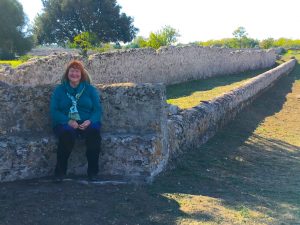
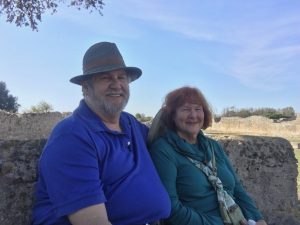
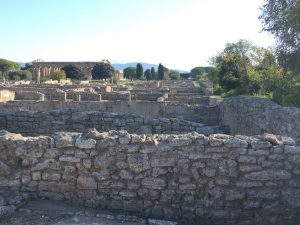
The central area is completely clear of modern buildings since the Middle Ages. Although much stone has been stripped from the site, large numbers of buildings remain detectable by their footings or the lower parts of their walls, and the main roads remain paved.
The first Temple of Hera, built around 550 BC by the Greek colonists, is the oldest surviving temple. Eighteenth-century archaeologists named it “The Basilica” because some mistakenly believed it to be a Roman building. The temple is wider than most Greek temples, probably because there are two doors and a row of seven columns running centrally inside the cella or inner sanctuary, an unusual feature. This may reflect a dual dedication of the temple. Having an odd number of columns, here nine, across the shorter sides also is very unusual; there are eighteen columns along the longer sides. This was possible, or necessary, because of the two doors, so that neither has a view blocked by a column.
The second Temple of Hera was built around 460–450 BC, just north of the first Hera Temple. The columns do not have the typical 20 flutes on each column, but have 24 flutes. The Temple of Hera II also has a wider column size and smaller intervals between columns.
On the highest point of the town, some way from the Hera Temples and north of the center of the ancient settlement is the Temple of Athena . It was built around 500 BC. The architecture is transitional, being partly in the Ionic style and partly early Doric.
After viewing the various main buildings we walked through the “town” looking at the foundations and remaining walls of the structures. One had a particularly nice inlay floor we didn’t find out if it was original or added sometime over the last couple thousand years.
